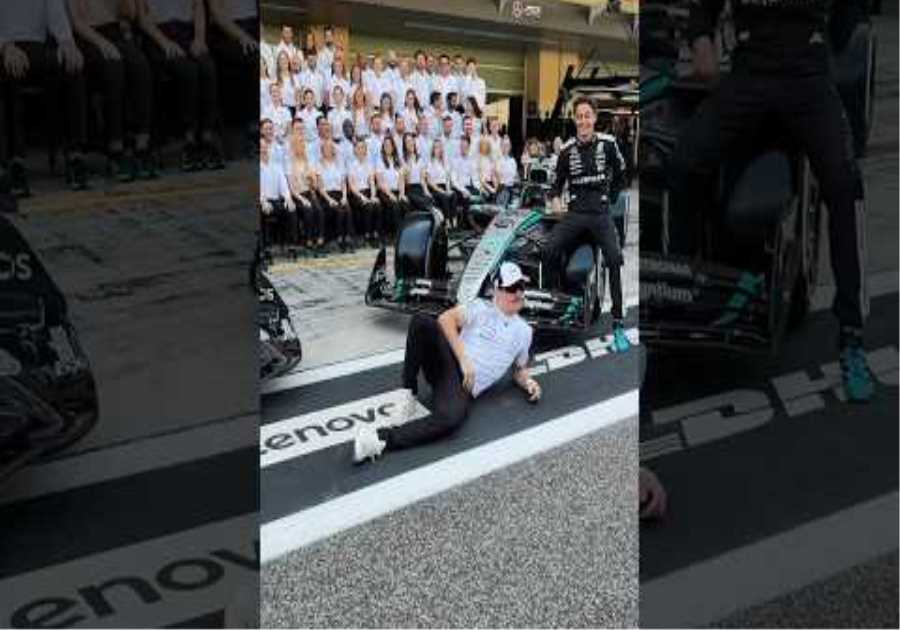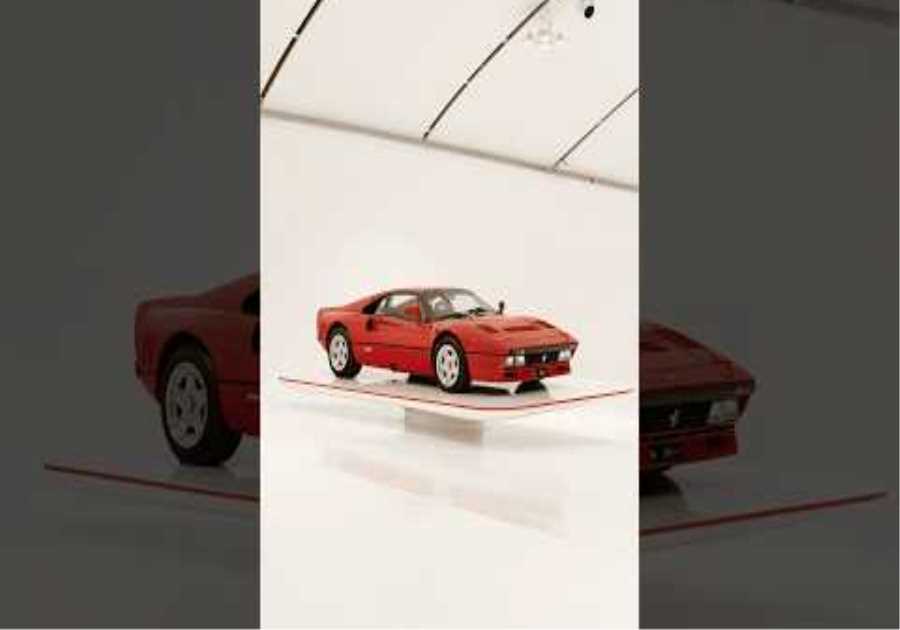
As part of this continued push, a revised beam wing layout was on the menu for the Japanese Grand Prix, with the team looking to customize its configuration for the demands of the Suzuka layout.
This is a subtle change, especially when we consider the scale of the update unveiled in Singapore, but deemed essential nonetheless.
Sebastian Vettel, aided by the influx of parts, was able to make his way into Q3 for the first time since the Azerbaijan Grand Prix, whilst a good race performance resulted in the German being able to stay ahead of Fernando Alonso’s A522 as they took the checked flag.
As is the case up and down the grid, and can be seen in the main image above, Aston Martin has designed its rear wing in such a way that the beam wing specification isn’t tied to a specific rear wing. Mechanics are able to disassemble the lower portion of the wing from the upper section.
This method has some drawbacks, in terms of the wing’s design and weight, but it does mean that changes can be made without having to carry an entire suite of different wings to each venue, making it a more versatile and cost-effective option.
Aston Martin AMR22 floor comparison
Photo by: Giorgio Piola
The floor that arrived in Singapore also remained for the Japanese GP and marks a shift in the team’s focus to the design of the floor’s edge.
It’s clear to see that the layout has been altered quite significantly, with the various red arrows depicting where the most relevant changes have occurred (old specification inset).
The use of a Gurney flap in the forward section of the floor edge kicks proceedings off, with the jutted section thereafter undergoing a significant makeover. As the floor tapers toward the rear tyre, the introduction of a cutout and floating wing has also been favoured.
It’s a solution we’ve already seen on the likes of the Ferrari F1-75 and Red Bull RB18, with the flap likely connected to an ‘ice skate’ edge wing, as it has been on its rivals’ arrangements.
The use of this flap, in conjunction with a raised section of floor just after the cutout, will help to develop desirable flow structures to help combat tire squirt. This is a phenomenon caused by the rotation and deformation of the tire and, left untamed, can rob the diffuser of performance.

Alfa Romeo C42 front wing detail
Photo by: Giorgio Piola
Aston Martin’s nearest rival Alfa Romeo currently lies sixth in the constructors’ championship, a considerable improvement on its ninth place finishing position in 2021.
However, a run of non-points scoring finishes has left it under threat from Aston Martin behind, which is why it too has been continuing to bring upgrades.
For the Japanese GP, Alfa Romeo introduced a revised front wing layout, with a new endplate design and the two upper flaps exchanged for ones that offer a different ratio in adjustability.
Whilst the team is obviously keen to help balance the car front-to-rear based on performance found elsewhere on the car, it also took the opportunity to focus some of its effort on flow management.
This has been achieved by adjusting the way in which the flaps connect to the lower section of the endplate, with the shorter chord elements not only slightly stepped away from the endplate but also more twisted on their approach.
This leaves a small gap between them and the trailing edge of the endplate (best seen in side view, below), which has allowed the designers some scope with which to alter its shape.
As a result, the outwash being generated by the front wing will undoubtedly be different to the old specification wing and perhaps present opportunities for optimisations further downstream at a later date.

Alfa Romeo C42 front wing comparison
There are also changes at the inboard end of the wing to consider, which will alter its setup range, helping with balancing the car front-to-rear. As noted by the green highlights, the two upper flaps have been narrowed before the adjuster to allow for a redistribution of the moveable section, which should also result in a different flow regiment around the nose.

Alpha Tauri AT03 rear wing comparison (Japan-France)
AlphaTauri followed up on its nose and front wing update at the Singapore Grand Prix with a new rear wing arrangement in Japan.
And, much like we’ve seen from it in the past, it was about increasing the span of the rear wing in order to ramp up downforce, whilst steps were also taken in order to mitigate the amount of drag being generated as a consequence.
In order to achieve these objectives, the designers have used a more tightly wound transition in the arc between the mainplane and endplate (red arrow, Japan left, France right) and squared-off the static upper outer corner section of the upper flap (green lines to highlight).
In order to mitigate any losses that might be associated with these changes to the tip vortex, it has also increased the size of the upper corner cutout in the endplate (blue arrow).
This is not a new design parameter for AlphaTauri though, as it applied it to both its low and high downforce configuration wings over the course of the last few races.
Suzuka marked the first opportunity since France for the team to apply it to its medium-high downforce spoon-shaped wing configuration.
For qualifying and the race, Pierre Gasly opted for the higher downforce rear wing, likely in response to the threat of rain on race day, whilst Yuki Tsunoda continued to utilize the new medium-high downforce arrangement.


AlphaTauri continued to use the new specification nose in Japan, which, as we can see from the illustration of the two solutions from the underside, is quite a dramatic departure from what came before.

Ferrari F1-75 sidepods comparison
Photo by: Giorgio Piola
Ferrari made changes to its floor at the Japanese Grand Prix, having evaluated in recent races the merits of the updated version originally introduced at the French Grand Prix.
Having validated the performance of the newer floor specification, its latest variant continues along the same development path, with changes made to the floor strakes, the design of the underfloor and undoubtedly the flexibility of certain points on the floor due to the repositioning of the metal floor stay.
The main change at the front of the floor assembly is to the outer floor fence, with a larger cutout at its base utilized.
It would also appear that the length of the bib, the splitter and the bib wing, along with its orientation, have all been altered as part of the update.
These changes will obviously have an impact on the local flow structures and mitigate any ride height sensitivity issues that have arisen since the Belgian Grand Prix. But, more importantly, it changes how the airflow is set up downstream.
It’s here where we’re unable to show the changes, as they reside beneath the floor and out of our view.
However, we’ve seen other teams adding ridges to the underfloor in close proximity to the ice skate in order to further enhance its aerodynamic capabilities and find additional performance from the underfloor tunnels and the diffuser.


Having been previously stretched out across to the outer section of the floor, the metal stay has been shortened and is mounted on the ramped section of floor just inboard.
This should provide more autonomy to the section of floor ahead of the rear tire and allow the team to use that flexibility to increase aerodynamic performance.
Notably, the carbon weave in this section has been altered (inset), suggesting the team is looking for some additional benefits from its flexibility.
Did you miss our previous article...
https://formulaone.news/aston-martin/ricciardo-holding-out-for-better-f1-2024-options






